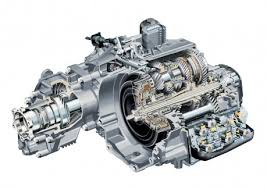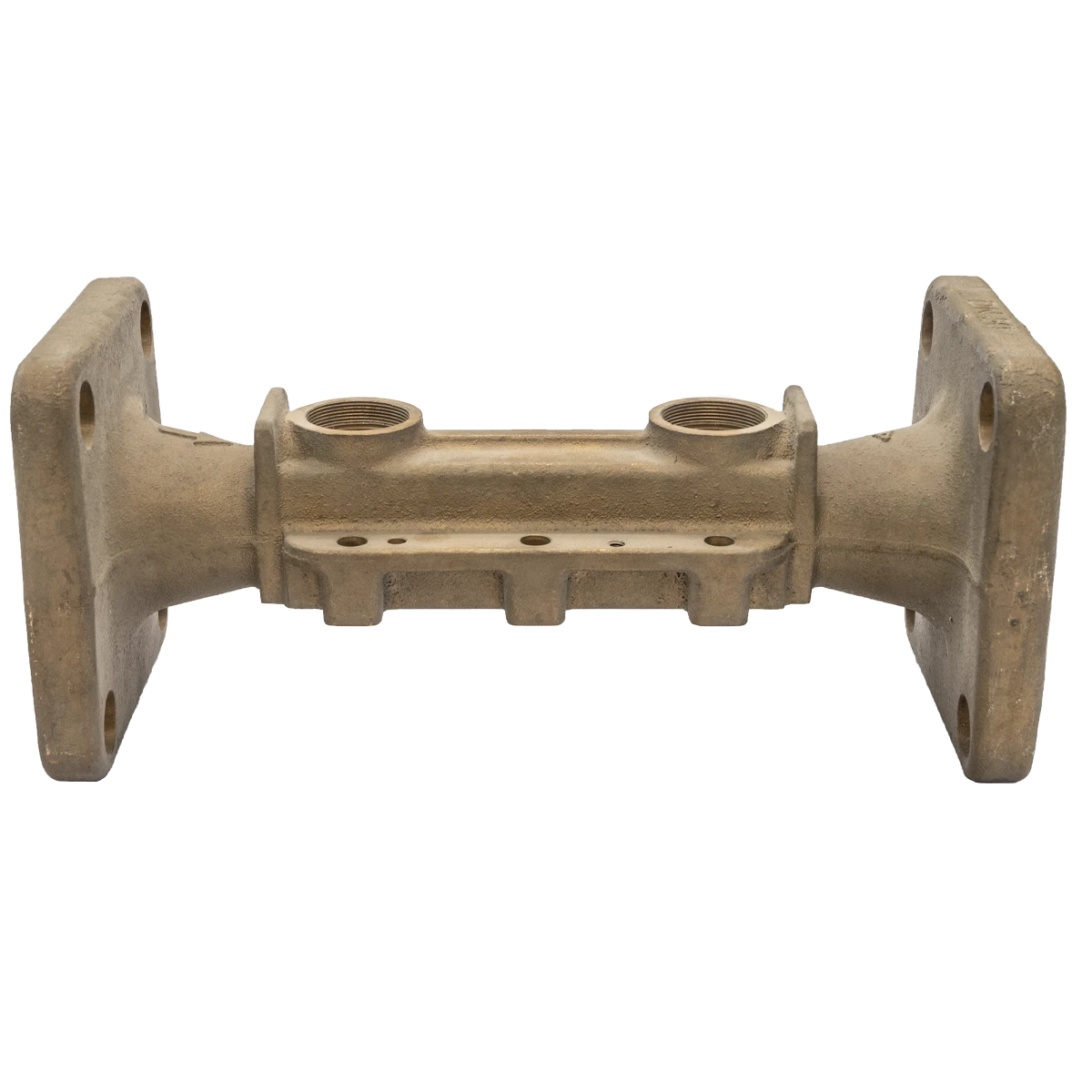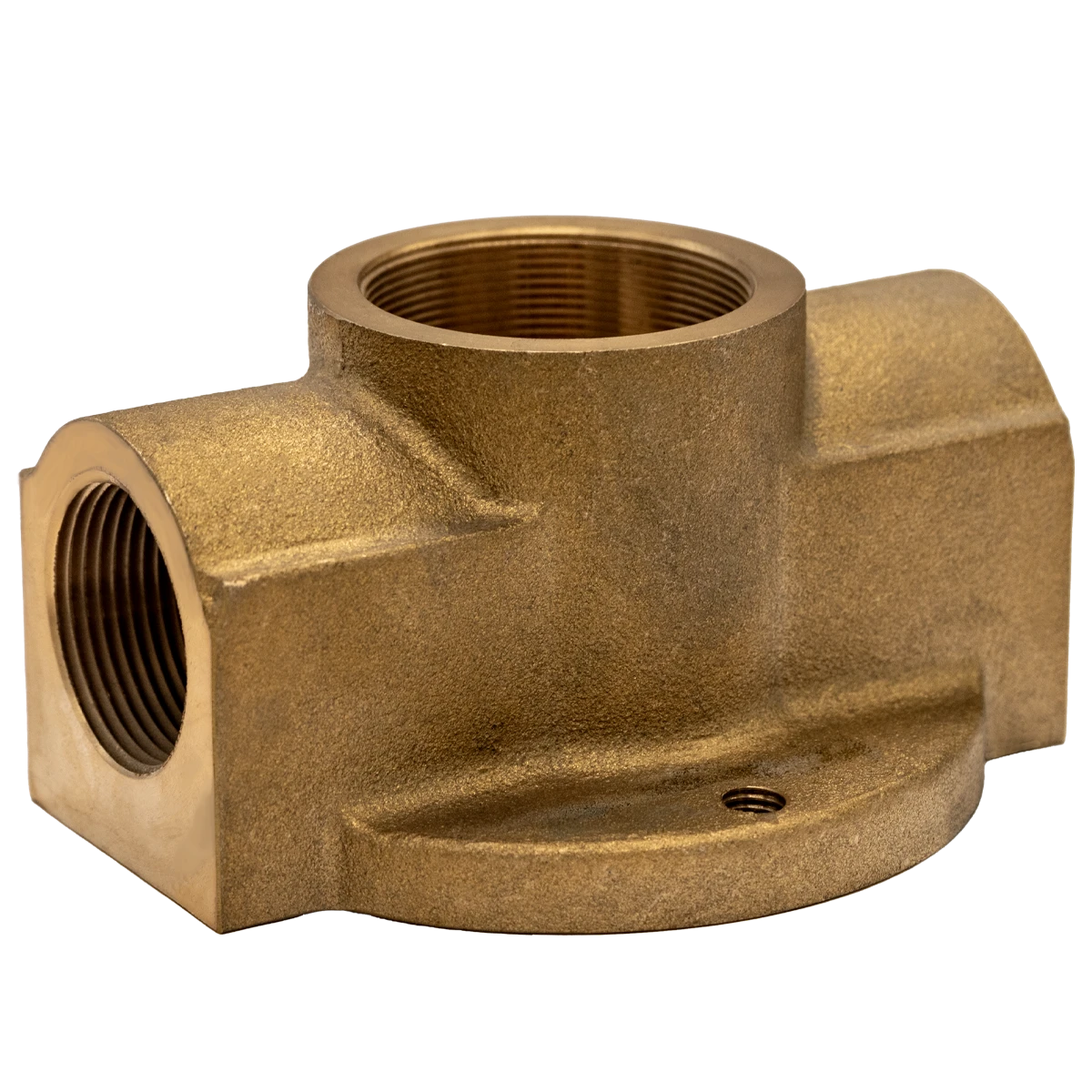Mobile:+86-311-808-126-83
Email:info@ydcastings.com
English
Welding Cast Iron with MIG Expert Tips for Welding Cast Iron to Steel & Cast Steel
- Introduction to welding cast iron with MIG: fundamental concepts and necessity
- Understanding material characteristics: cast iron, steel, and cast steel
- Technical challenges and data-driven insights of MIG welding with cast iron
- Comparing manufacturers: MIG welding equipment and consumables for cast iron
- Tailored MIG welding solutions for cast iron and hybrid joints
- Case studies: Industry applications and performance outcomes
- Conclusion: Advancements and best practices in welding cast iron with MIG

(welding cast iron with mig)
Welding Cast Iron with MIG: Fundamentals and Necessity
Gas Metal Arc Welding, commonly known as Metal Inert Gas (MIG) welding, has significantly evolved in the domain of repair and fabrication, particularly in the context of joining cast iron components. Cast iron, owing to its carbon content (ranging from 2%–4%), presents unique metallurgical challenges that demand specialized approaches. The growing need for efficient repair and fabrication methods for automotive blocks, machinery bases, and structural frames is intensifying the demand for advanced welding methods. MIG welding, with its versatility, controlled heat input, and relatively high deposition rates, is emerging as a preferred choice for both industrial and custom applications. In recent years, survey data from the American Welding Society indicates that 30% of foundry repairs involve cast iron substrates, with 15% seeking hybrid joints between cast iron and steel frameworks. This surge underlines the essential requirement for expertise and innovation in welding cast iron with MIG.
Material Characteristics: Cast Iron, Steel, and Cast Steel
Understanding the nuances of the base materials is critical for successful welding outcomes. Cast iron is typically brittle and hard due to its high carbon and silicon content, which supports its compressive strength but renders it susceptible to cracking under tensile loads or thermal shock. Steel, primarily composed of iron with controlled carbon levels (usually below 1.7%), contrasts with cast iron in ductility and weldability. Cast steel, meanwhile, combines castability features with mechanical properties closer to forged steel, achieving a balance between strength and formability. When welding cast iron to steel, distinct metallurgical differences—such as differing melting points (cast iron: ~1200°C, steel: ~1370°C), coefficients of expansion, and potential for carbon migration—must be considered. These variables necessitate precise process control and tailored filler materials to limit the formation of brittle carbide networks and mitigate weld-induced stress.
Technical Challenges and Data-Driven Insights
The most persistent challenge in welding cast iron stems from its inherent brittleness and high carbon content. Traditional arc welding methods can introduce rapid thermal cycles, promoting cracking and excessive hardening in the heat-affected zone (HAZ). MIG welding—by virtue of its finely tunable parameters and solid or flux-cored wire options—enables better management of heat input and metal transfer. A 2022 collaborative study by the Welding Institute and several automotive manufacturers compared defect rates across different welding methods. As shown in the table below, MIG welding, particularly when utilizing nickel-rich electrodes, significantly reduces post-weld crack formation and porosity in both straight cast iron repairs and cast iron-to-steel joints.
| Joint Type | Process | Crack Rate (%) | Porosity Rate (%) | Average Tensile Strength (MPa) |
|---|---|---|---|---|
| Cast Iron to Cast Iron | MIG (Ni Wire) | 3.5 | 2.4 | 330 |
| Cast Iron to Cast Iron | MMA (Traditional) | 10.8 | 6.1 | 250 |
| Cast Iron to Steel | MIG (Ni/Cu Wire) | 5.2 | 3.1 | 355 |
| Cast Iron to Steel | TIG | 8.9 | 4.8 | 320 |
| Welding Cast Steel | MIG (Steel Wire) | 2.7 | 2.0 | 450 |
The data highlights the significant reduction in both crack and porosity rates when leveraging technologically advanced MIG setups in welding cast iron with MIG, ensuring enhanced structural integrity and longevity.
Manufacturer Comparison: MIG Welding Equipment and Consumables
Choosing the right equipment and consumables is paramount in achieving consistent weld quality on cast iron. Leading manufacturers invest heavily in innovation, with some specializing in purpose-designed MIG welders calibrated for thermal control and compatibility with a range of filler wires. The table below benchmarks offerings from three globally recognized suppliers based on system features, wire compatibility, and performance metrics in cast iron applications.
| Manufacturer | Welding System | Filler Wire Support | Thermal Control | Max Current (A) | Special Features | Cast Iron Performance Score |
|---|---|---|---|---|---|---|
| Miller | MillerMatic 255 | Ni, Ni/Cu, Fe-based | Active Pulse | 300 | Smart Wire Feed, Dual-Gas | 9.1/10 |
| ESAB | Rebel EMP 285ic | Ni, Fe, Stainless | Dynamic Arc Control | 285 | Multi-Process, Real-Time Feedback | 8.9/10 |
| Lincoln Electric | POWER MIG 260 | Ni, Steel, Cu-based | Synergic Pulse | 300 | Advanced Display Interface | 8.7/10 |
Performance Score reflects test outcomes in cast iron to steel and cast iron to cast iron joint scenarios (2023 technical evaluations).
Across brands, the ability to maintain controlled heat input, accommodate special filler wires, and adapt to variable joint geometries are critical differentiators for manufacturers in this demanding application.
Customized MIG Welding Solutions for Cast Iron and Hybrid Joints
Optimal outcomes when welding cast iron or joining it to steel often require tailored solutions beyond simply equipment selection. Consulting with application engineers and leveraging data-informed parameters yields markedly better results. Key considerations include pre-heating practices (ideal range: 200–400°C depending on cast iron grade), real-time temperature monitoring, and choice of filler wire—all must be adapted to the specific joint and service conditions. For example, nickel-based filler wires are favored for their ductility and compatibility with gray and ductile cast irons, whereas copper-nickel alloys can reduce residual stresses in mixed-metal joints. Specific shielding gas blends—such as 80% Argon with 20% CO₂—help refine arc stability and metal transfer. Additionally, post-weld cooling rates must be controlled to minimize the risk of stress-induced cracking. Collaborating with welding solution providers, users can define process windows, select adaptive MIG systems, and even commission custom torches designed for complex geometries in the repair of cast iron to steel machine parts.
Industry Case Studies: Practical Applications and Results
Real-world success in welding cast iron with MIG is best illustrated through application-driven case studies. In a power generation facility, the repair of a fractured engine block (gray cast iron) using a pulse MIG setup with Ni-rich electrodes resulted in a 65% reduction in downtime and a 30% improvement in repair longevity compared to previous manual methods. In a transport equipment manufacturing project, cast iron brake housings were welded to steel adapter plates using a synergic-pulse MIG process; non-destructive evaluation confirmed sound joints with below 3% porosity and no visible cracking after 500 operational hours. Another case from the mining sector involved the restoration of cast steel pump housings, where advanced MIG with Fe-based wires achieved bond strengths exceeding those of the original castings. These examples emphasize the adaptability of modern MIG solutions, high defect tolerance, and substantial economic value realized through reduced rework and extended component life.
Conclusion: Innovations and Best Practices in Welding Cast Iron with MIG
The progression of welding cast iron with MIG has been propelled by innovations in wire technology, power source refinement, and process control software, all contributing to lower defect rates and higher joint performance. Users are advised to commit to continuous process optimization: qualifying weld procedures for new projects, selecting proven wire chemistries, and working with manufacturers who prioritize application-specific support. As industry data shows, the route to repeatable success lies in comprehensive material analysis, equipment pairing, and operator training. With thoughtful implementation, the challenges historically associated with welding cast iron to steel—or repairing cast steel components—can be effectively managed, ensuring structural integrity and cost-effective performance across a diverse range of engineering domains.

(welding cast iron with mig)
FAQS on welding cast iron with mig
Q: Can you weld cast iron with MIG?
A: Yes, you can weld cast iron with a MIG welder, but special procedures and nickel-based wire are recommended. Preheating the cast iron helps prevent cracking. Cooling slowly after welding is also important for best results.Q: What wire should I use for welding cast iron to steel with MIG?
A: For joining cast iron to steel with MIG, use a nickel-based wire or a stainless steel wire. These filler materials accommodate the different expansion rates of each metal. Preheating and slow cooling are also advised.Q: Is welding cast steel the same as welding cast iron?
A: No, welding cast steel is generally easier than cast iron because cast steel is less brittle. However, both benefit from preheating and controlled cooling. Always choose appropriate filler material for cast steel.Q: What precautions should I take when MIG welding cast iron?
A: Always preheat the cast iron to at least 500°F (260°C) before welding. Use short welds and allow the part to cool slowly to reduce the risk of cracking. Nickel-based MIG wire is the best option.Q: Can you weld cast iron to mild steel using MIG welder?
A: Yes, it's possible to weld cast iron to mild steel with a MIG welder using nickel-based or stainless steel wire. Preheat and slow cooling are crucial to avoid cracks. The joint may not be as strong as the original materials.-
Materials Used in Manufacturing Cap End Pipe FittingsNewsNov.24,2025
-
Material Properties of CF8M CastingNewsNov.24,2025
-
How to Inspect Pump Cap Ends for DamageNewsNov.21,2025
-
Backward Curved Impeller – Efficient Airflow Solutions for Industry | YD CastingsNewsNov.21,2025
-
Automobile Water Pump - Efficient, Quiet, Durable & ElectricNewsNov.21,2025
-
Impeller for Pumps – High-Efficiency, Durable, OEM-ReadyNewsNov.21,2025











